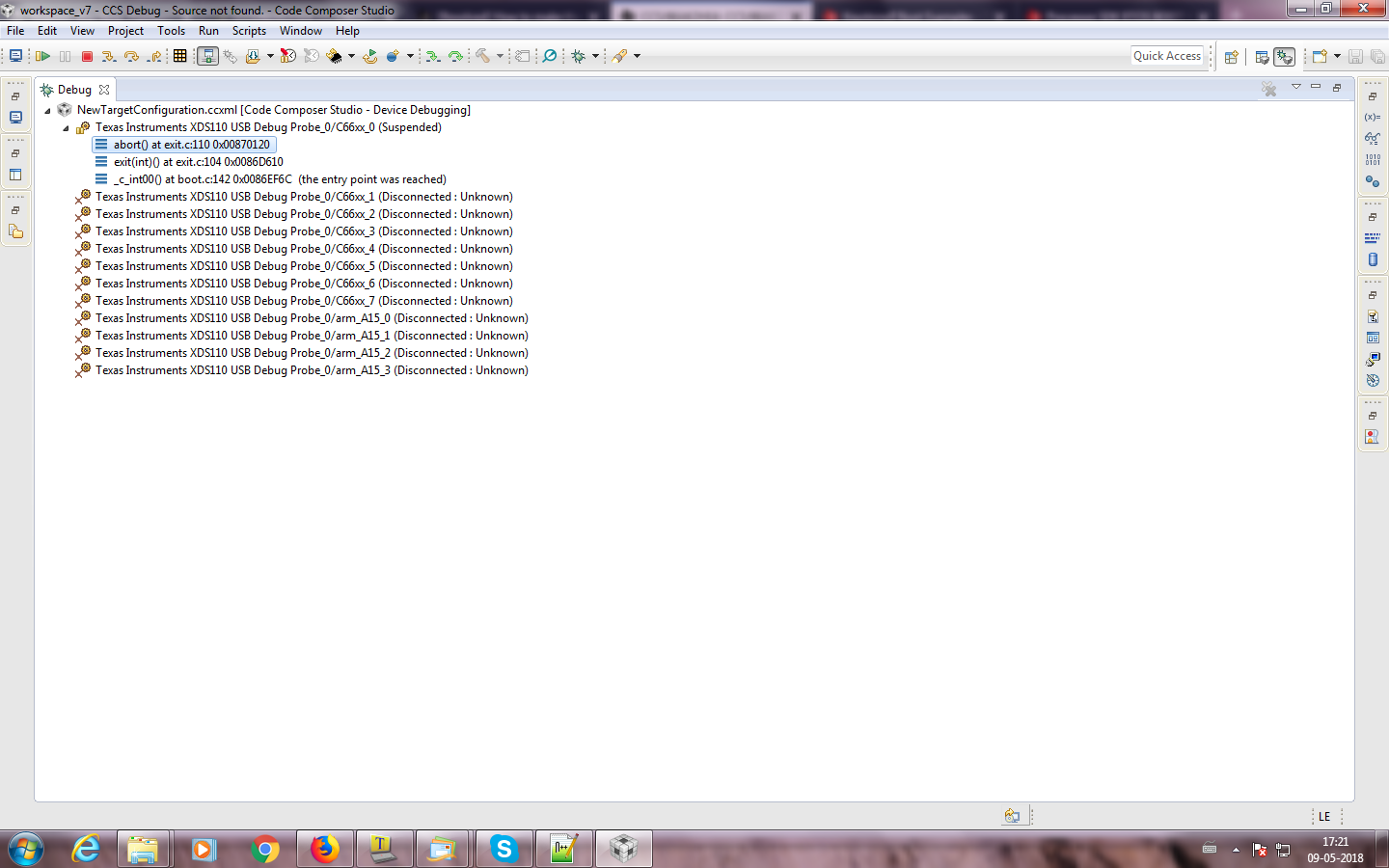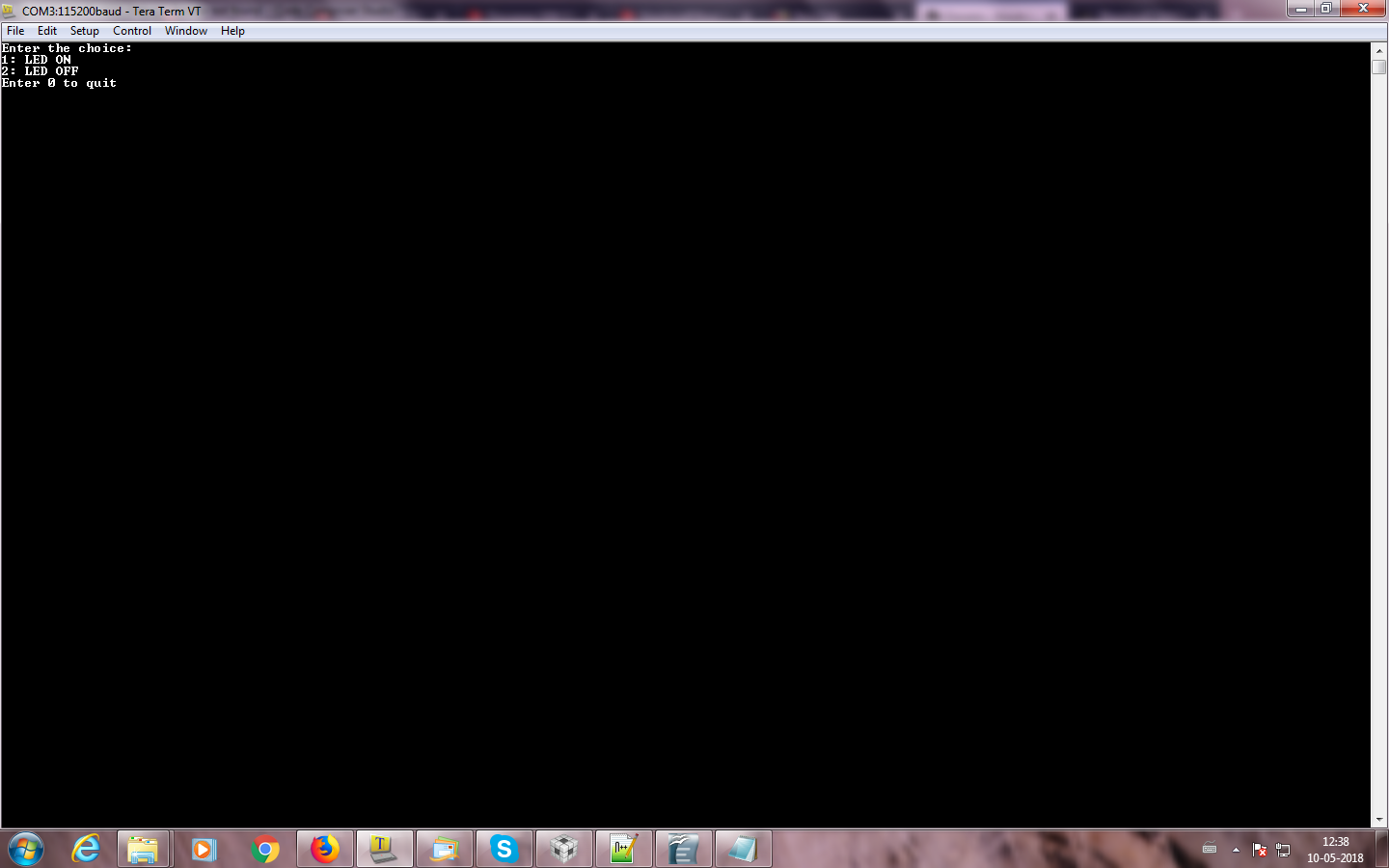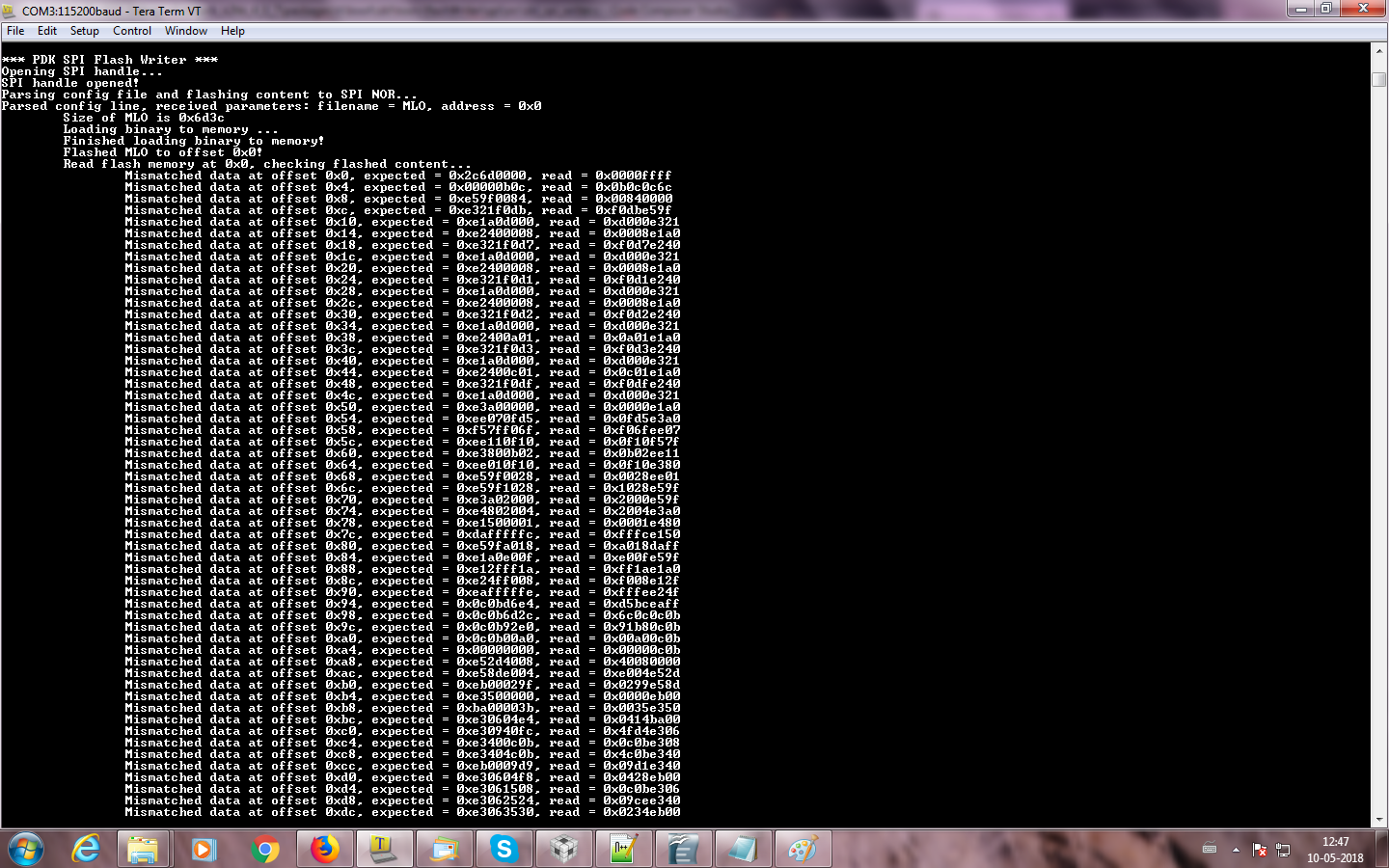Other Parts Discussed in Thread: TCI6638K2K, 66AK2H12
Tool/software: Code Composer Studio
Hi ,
We have designed customized board using 66AK2H14. We are using CCSV7 and TI XDS 110 debug probe to connect board to CCS.
I have to flash gpio_led program into nor flash. I understand I need to convert the .out file to a .dat file so I can write it into NOR flash and run it from there.
I would like to know the procedure that needs to be followed to convert my out file into a dat file. Please provide any suggestions on how I do that.
Thank you,
Mahima Shanbag.






